Plant These 10 Perennial Vegetables and Reap Harvests Year After Year
Perfect for the lazy Earth-lover.
Plant These 10 Perennial Vegetables and Reap Harvests Year After Year
Perfect for the lazy Earth-lover.

Gardeners like perennial flowers because you do the work to get them established once and they bloom again and again. There are numerous perennial vegetable perennial vegetables as well but they lack the same recognition. Asparagus is by far the most well-known; from there the list quickly becomes obscure. But it is a beautiful world to discover, featuring crops like capers, chayote, and tree collards, which give year after year with minimal effort on your part, much like a fruit tree.
Perennial vegetables are not only a boon to hands-off gardeners but they benefit the environment as well. Tilling the soil to prepare it for annuals unleashes a litany of ecological no-nos: It exposes the soil to the erosive forces of wind and rain, releases carbon dioxide into the atmosphere, dries up the soil, and wrecks the soil food web for starters. Perennial crops are compatible with no-till cultivation, which reduces moisture loss, encourages biological activity in the soil, and promotes that crumbly, spongy texture that all farmers and gardeners strive for.
Artichokes ”“ USDA Zones 6-9

The part we eat is the unopened flower bud of a giant thistle plant, which stands like a spiky silver-grey sculpture in the garden. Artichokes grow slowly from seed, so most gardeners plant them as root crowns, divided from a mother clump.
Rhubarb ”“ USDA Zones 3-8
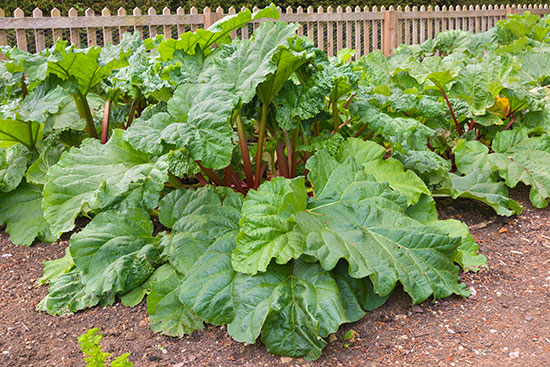
It is the thick red leaf stalks of the rhubarb plant that are used to impart a tangy flavor to pies and preserves. Rhubarb leaves are poisonous. Like artichokes, rhubarb has showy foliage and is generally grown from root crowns.
French Sorrel ”“ USDA Zones 4-9
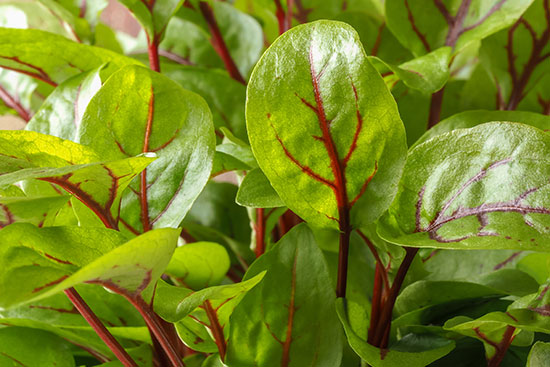
Americans would be lucky to stumble across this one in a grocery store, but in France the zingy, slightly bitter flavor of the greens make them an immensely popular vegetable. French sorrel forms a tidy, lush clump in the garden, and likes to grow in a place with a bit of afternoon shade. Typically grown from seed.
Chayote ”“ USDA Zones 7-10
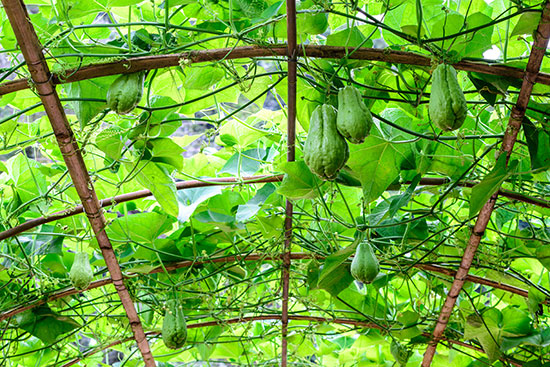
Chayote is that nondescript fist-sized vegetable you’ve probably seen in Mexican bodegas and increasingly in typical supermarkets. It’s produced on an enormous squash vine that can grow 20 feet or more in a season (it will die to the ground in winter). Plain chayote is pretty bland – it’s all about the spices you cook it up with. Buy one at the store, plant the entire thing a couple inches below ground in spring, and watch it sprout from the enormous seed inside.
Capers ”“ USDA Zones 8-10
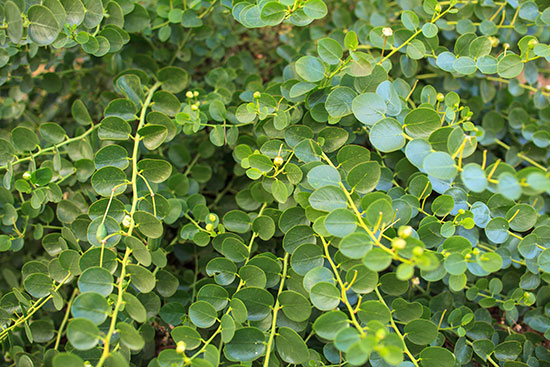
Like artichokes, capers are one of the select few plants grown for its edible flower buds. If you let the flower buds open, caper berries eventually form. Either can be pickled in a salt and vinegar brine – the famous ingredient of many Mediterranean dishes. The spiny, low-growing shrub that produces capers only grows in mild winter climates, and dry-ish infertile soils, such as those in the barren hills of Northern Africa and southern Europe where it originates. Seedling caper plants are available online.
Bamboo Shoots ”“ Hardiness Zones Vary by Variety
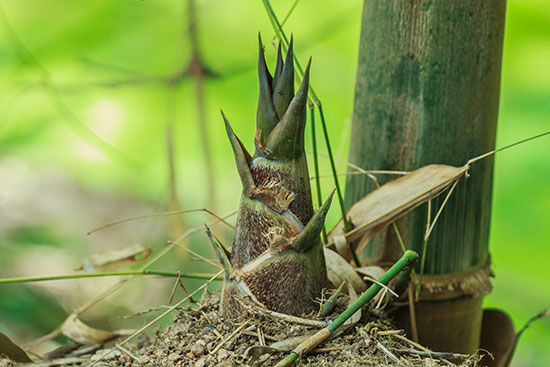
Bamboo is another example of a perennial plant that is both beautiful and edible, though some types of bamboo taste much better than others. The shoot must be harvested just as it emerges from the ground, no more than a few inches tall; otherwise it is tough and acrid. Many species of bamboo contain poisonous compounds, though these are neutralized with boiling – thus, always boil bamboo shoots before consuming. Moso bamboo (Phyllostachys edulis) and sweetshoot bamboo (Phyllostachys dulcis) are the types most commonly used.
Tree Collards ”“ USDA Zones 7-10

This long-lived brassica crop has a cult following among permaculturists, who hail it as the granddaddy of perennial vegetables. The flavor is sweeter and nuttier than either collard greens or kale, and it persists indefinitely in the garden, needing nothing more than to be cut back once per year. Tree collards are an odd plant that never goes to seed, so it is grown exclusively from rooted cuttings.
Saltbush ”“ Hardiness Zones Vary by Variety
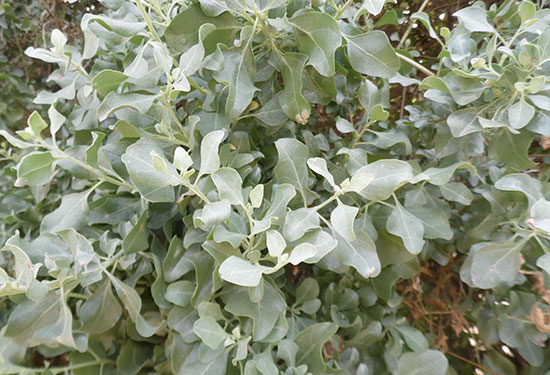
Sometimes called orach, saltbush is a spindly shrub that grows in many desert and seaside regions of the world, though it adapts to other environments if given dry, well-drained soil. The spinach-flavored plant accumulates salt in its tissues, so there is no need to add table salt when cooking. Its tiny red berries are considered a delicacy. Grow from seed or look for potted plants online.
Sea Kale ”“ USDA Zones 4-9
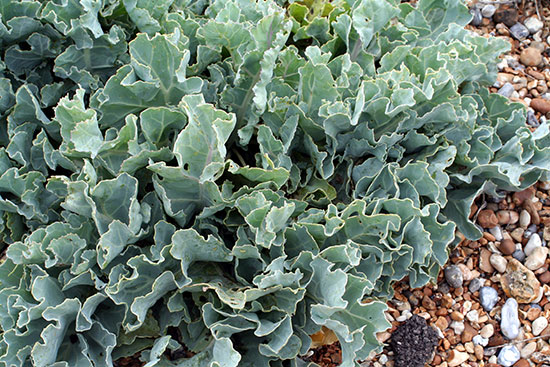
Another halophyte – the botanical term for plants capable of growing and salty soil – sea kale is native to coastal regions in northern Europe. A popular vegetable in Victorian England that has since fallen out of style, it looks and tastes much like ordinary kale, but is a perennial. It is easy to grow from seed in ordinary garden conditions.
Stinging Nettles ”“ USDA Zones 3-10
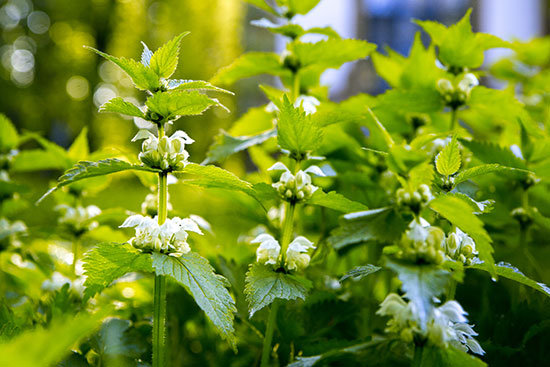
What? How could you possibly eat a plant that stings you? Easily enough: The tiny hairs on the underside of stinging nettle leaves, which cause a mildly painful experience when your bare skin brushes up against them, are rendered impotent upon cooking. Just be sure to wear gloves when you harvest them. The nutrient-rich leaves have a decadent nutty flavor, useful for soups, stir-fries, omelettes, and even pesto (running the leaves through a blender also neutralizes the stinging hairs, though most nettle pesto recipes call for lightly cooking the leaves just to be sure). Stinging nettles may be grown from seed, but it’s much easier to plant root cuttings.
Follow us
This work is licensed under a Creative Commons Attribution-NoDerivatives 4.0 International License.
Want to republish a Modern Farmer story?
We are happy for Modern Farmer stories to be shared, and encourage you to republish our articles for your audience. When doing so, we ask that you follow these guidelines:
Please credit us and our writers
For the author byline, please use “Author Name, Modern Farmer.” At the top of our stories, if on the web, please include this text and link: “This story was originally published by Modern Farmer.”
Please make sure to include a link back to either our home page or the article URL.
At the bottom of the story, please include the following text:
“Modern Farmer is a nonprofit initiative dedicated to raising awareness and catalyzing action at the intersection of food, agriculture, and society. Read more at <link>Modern Farmer</link>.”
Use our widget
We’d like to be able to track our stories, so we ask that if you republish our content, you do so using our widget (located on the left hand side of the article). The HTML code has a built-in tracker that tells us the data and domain where the story was published, as well as view counts.
Check the image requirements
It’s your responsibility to confirm you're licensed to republish images in our articles. Some images, such as those from commercial providers, don't allow their images to be republished without permission or payment. Copyright terms are generally listed in the image caption and attribution. You are welcome to omit our images or substitute with your own. Charts and interactive graphics follow the same rules.
Don’t change too much. Or, ask us first.
Articles must be republished in their entirety. It’s okay to change references to time (“today” to “yesterday”) or location (“Iowa City, IA” to “here”). But please keep everything else the same.
If you feel strongly that a more material edit needs to be made, get in touch with us at [email protected]. We’re happy to discuss it with the original author, but we must have prior approval for changes before publication.
Special cases
Extracts. You may run the first few lines or paragraphs of the article and then say: “Read the full article at Modern Farmer” with a link back to the original article.
Quotes. You may quote authors provided you include a link back to the article URL.
Translations. These require writer approval. To inquire about translation of a Modern Farmer article, contact us at [email protected]
Signed consent / copyright release forms. These are not required, provided you are following these guidelines.
Print. Articles can be republished in print under these same rules, with the exception that you do not need to include the links.
Tag us
When sharing the story on social media, please tag us using the following: - Twitter (@ModFarm) - Facebook (@ModernFarmerMedia) - Instagram (@modfarm)
Use our content respectfully
Modern Farmer is a nonprofit and as such we share our content for free and in good faith in order to reach new audiences. Respectfully,
No selling ads against our stories. It’s okay to put our stories on pages with ads.
Don’t republish our material wholesale, or automatically; you need to select stories to be republished individually.
You have no rights to sell, license, syndicate, or otherwise represent yourself as the authorized owner of our material to any third parties. This means that you cannot actively publish or submit our work for syndication to third party platforms or apps like Apple News or Google News. We understand that publishers cannot fully control when certain third parties automatically summarize or crawl content from publishers’ own sites.
Keep in touch
We want to hear from you if you love Modern Farmer content, have a collaboration idea, or anything else to share. As a nonprofit outlet, we work in service of our community and are always open to comments, feedback, and ideas. Contact us at [email protected].by Brian Barth, Modern Farmer
July 19, 2016
Modern Farmer Weekly
Solutions Hub
Innovations, ideas and inspiration. Actionable solutions for a resilient food system.
ExploreExplore other topics
Share With Us
We want to hear from Modern Farmer readers who have thoughtful commentary, actionable solutions, or helpful ideas to share.
SubmitNecessary cookies are absolutely essential for the website to function properly. This category only includes cookies that ensures basic functionalities and security features of the website. These cookies do not store any personal information.
Any cookies that may not be particularly necessary for the website to function and are used specifically to collect user personal data via analytics, ads, other embedded contents are termed as non-necessary cookies.
That nettle picture is wrong.
Also the photo for salt bush (orach) is not the commonly eaten variety.
Looking forward to learning more…